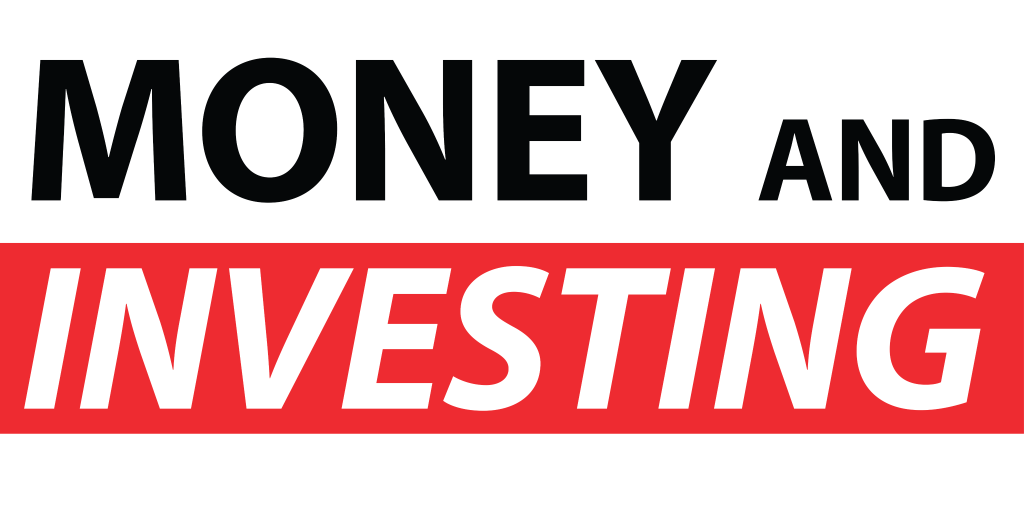As an investment strategy, property is a very popular option and one most people use in getting started on their journeys. Join us this week as we jump into investment properties and some tips you can use in your real estate investment journey:
The Objectives of Owning Property
Potential capital gains on an asset are usually the main motivation for making an investment decision as capital gain is the sign of a successful investment. Host Andrew Baxter points out however, that in the case of property, there is leveraged capital gain to consider. The capital gains on property are leverage by nature because the majority of property purchases are made using mortgages with a 20% deposit usually required to get a loan. In the instance of rental properties, you may get this capital gains benefit in conjunction with the rental income you receive from tenants living in the property which also works towards offsetting the cost of the interest you are incurring on the loan. In Australia, there are a range of different incentives for owning property from a tax perspective as well which are certainly worth exploring.
Gearing
Gearing is an important factor in any property investment and there are two main types – negative gearing and positive gearing. Host Andrew Baxter explains that negative gearing means that the overall holding costs of a property is less than the income generated from that property. The difference is tax deductible under current laws and serves as a large reason why investment properties are such a popular vehicle among investors. This is a politicized issue with many claiming that negative gearing is one of the main drivers between the strength in house prices over the years which has effectively made it much harder to earn and save enough money to be able to afford a house. Negative gearing is not without its risks because if the cash flow slows down, it may begin to hurt. Positive gearing is when the cashflow from the property outweighs the costs associated with it. Some are not quite as sold on positive gearing because there is no tax deduction, but in reality you have an asset which is paying for itself. Then if you lose your job the consequences may not be quite as severe.
Investment Property Types
There are a lot of different ways to go about investing in property and Host Andrew Baxter has experience with a wide array of them. A common one is buying an inner city dwelling and simply renting it out. In areas where people want or need to live, this is a reliable strategy if you are looking to generate some nice, consistent rental income. Buying existing properties is different to buying new properties as you can not typically claim depreciation to the same extent on older properties as on newer properties. Buying off the plan is another popular method of purchasing investment properties but it does have its issues. If you see the value of the property run up in the period it’s being built, the developer may opt to return your deposit and sell the property to someone else at a higher price while if you see property prices decrease while it’s being built, you may be forced to pay the entire initially agreed upon price even though it may be well over market value.
Commercial Property
Commercial property is another consideration but it functions a bit differently to residential properties. Host Andrew Baxter explains that commercial property typically allows for potentially higher yields, however they have a tendency to have a higher vacancy rate as well. Commercial property can also be susceptible to varying with the economic cycle as some businesses are adversely affected by a weaker economy and may not be able to operate any longer. The effect of this as a landlord is that you do not have a paying tenant in your property and as such you are paying to own the property without seeing any cashflow in return.



